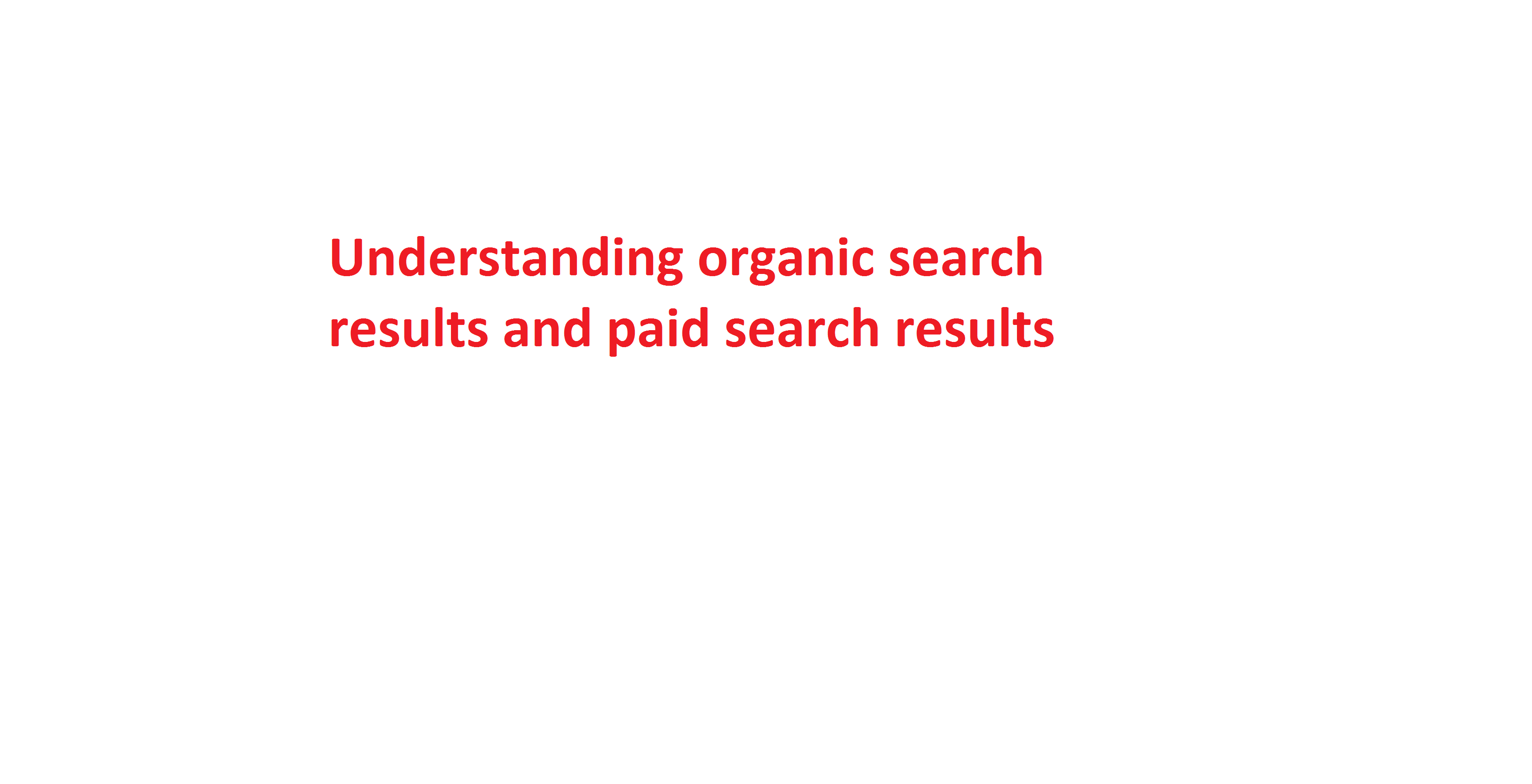

Inbound marketing certification course chapter -11
In this post of our inbound marketing certification course we would be discussing how are search engines able to find and rank our websites. As you might be aware search engines like Google keep evolving their technology and over the past few years there have been many changes to how search engines view your pages. As you already know SEO is a very important part of inbound marketing strategy.
But before discussing how search engine ranking a website takes place, let’s have a look at the search engines which can help you generate traffic.
Search Engines
Google-Most websites that are present on the internet get maximum traffic from Google than other search engines. Traffic from Google can account upto 80% of traffic. This is the reason people want a better search engine ranking in Google
Bing– Second in list is Bing. The traffic you would be getting is moderate and is a good site that can help you generate traffic
Yahoo– Yahoo has merged its webmaster tools with Bing in order to offer better service. It is the third biggest contributor
There are many other sites but you can leave the rest and focus your search engine ranking strategy on these three only.
Crawling and Indexing Defined
Search Engine ranking is definitely a factor but for that you need your website to be found. So how does Google and other search engines get to know that you have set up a site? There are 2 terms crawling and indexing. Crawling is ability of the code to move over your site and indexing is making these pages into the index of search engine meaning, it has read your website and will match it with search keywords
We will look at this in detail
Signals defined
In terms of SEO signals are any indication given to the search engine so that they can use them accordingly for search results. Signals can be related to anything quality, categorization, demographics behavior etc. Signals can be site level or page level. Moz defines these SEO signals which help in search engine ranking
Site-Level Signals:
- Domain history
- Internal link ratios
- Authority/Trust
- Entities
- Localization
- Thin content
- Classifications
Page Level Signals:
- Authority/trust
- Meta data
- Classifications
- Entities
- Semantic signals
- Temporal signals
- Linguistic indicators (language and nuances)
Offsite Signals:
- Links
- Trust elements
- Entity, citations, co-citation, etc.
- Social graph signals
- Spam signals
- Relevance of semantics
These signals help you build domain authority, page rank, ca, fa. Don’t worry about the terms I am using here. You will get used to them when you enter the SEO world. Later, in inbound marketing certification course I would be discussing about them. These are measurement tools for how well your site is doing in terms of quality, traffic etc. All these factors are very useful in inbound marketing strategy.
Use of Graphs
Graphs is a way of combining certain parameters like classification, category etc to help make understanding SEO better. We now discuss some of them
- Link graph One of the most commonly used graphs. It is used to anlyse trust, authority, relevance of a link
- Social graph:These are related to connections, behavior of those visiting cites etc
- Entity graph:It is related to named entities like person, place, event or thing
- Knowledge graph:Used for getting information related to entities
Graphs help search engine rankings. It helps them score and rank. Each search engine like google has a certain parameter set for each of these signals and graphs and they help in ranking the site in a better way
How Search Engine Ranking works
This is the crux part of the article, search engine rankings is all everyone cares about. So let’s look at all the concepts related to them in detail
-
How is scoring done?
Let’s get clear about this every search engine has its own parameters on which it ranks website. Google might rank a sight differently than what Bing or Yahoo do. However, there are certain parameters which are there in all, the weightage might be different. These are quality and uniqueness of content, referrals or back links for your site, page speed, website traffic, relevance. Google wants sites that are genuine and white hat SEO has been used on them. All these factors when kept in mind help our inbound marketing strategy.
Why do some sites like Google boost rankings of a website?
There are certain factors which Google thinks would benefit the end consumers and thus, it provides them a boost in ranking. There can be various reasons for providing a boost in the rankings. Most prominent of them being providing amp or accelerated fast loading pages for mobile sites, content being unique and relevant also gets a boost.
If there is Boosting for ranks then there is also a reduction
Let’s consider our Search Engine as Google. It has released Panda and Penguin updates recently. It may sound weird but Google does catch hold of your site if you are trying to improve your rankings using unethical methods and thus can give a penalty or can completely ban the site of its search results
This is going to be very complicated when you read the first time. But as you learn and grow with our inbound marketing certification course you will find it is a lot easier than it seems.
Personalization of Search Results
You might have noticed when you search for something in Google you get a list of 10 results by default. However, if you would search by signing in from some other account you would see different links. Why is it so? Google personalizes your search engine results based on classifications and categories like demographics, behavior, social, geographic. Let’s have a look at them
- Demographic:Classifying users on the base of their age, gender etc
- Behavioral: This is based on previous search history and users response to various links
- Geographic:Location based rankings are provided. Person in Delhi would see something different than what a person in Florida might see. It is personalizing on the basis of location
- Social:This is based on the connections of user, how social is he, his travelling frequency etc
- Temporal:These are results based on daily, weekly and monthly user activity


Search engine rankings of Google in 2010


Personalised Search engine rankings in 2017
It is not that Google is going to use only one of this personalization. It may use many or all depending upon the available information it has with him. The code for understanding how it does that is very complex. However, using inbound marketing strategy you can target customers that match your buyer persona
Spam and Black Hat SEO
You might have seen sites getting hacked, redirecting you other pages, having irrelevant content, spam etc. All these sites are using techniques known as Black Hat SEO to rank in search engines. These are the methods that should be purely avoided. Search engines don’t like them as they don’t benefit the end customer. Hence, they can penalize or completely block them from appearing in search engines. Here is a list of what is counted as a spam and should be completely avoided in your inbound marketing strategy.
- Redirecting to some sites cheekily
- Site which has been acked
- Sites with keyword stuffing
- Spammy sites
- Websites with no or little content reducing their relevance score
- Unnatural internal or external links
SEO is a big topic and an important of inbound marketing strategy. For further learning you visit our free inbound marketing certification course. You would learn a lot from this. In case of any help or information related to search engine rankings you can contact The Buzz Stand Team





